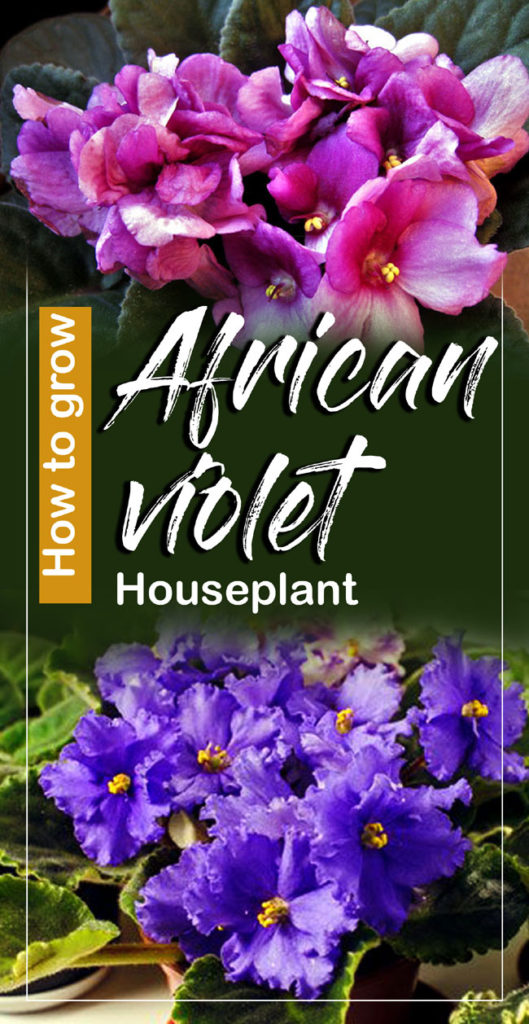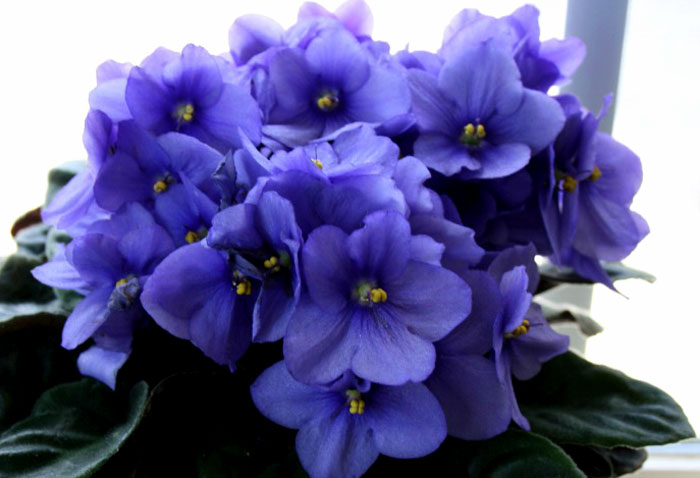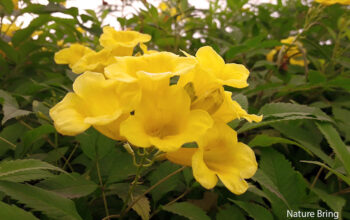African violet
Learn How to grow African violet Houseplant, How to care for African violets, Growing African violets Houseplant, History, and more about these houseplants. African violet is small and easily growing houseplants, in which white, blue, or purple flowers bloom in the cluster. African violets are tropical plants, its flowers are small and the color is purple. Its leaves are dark-green, fuzzy, and beautiful flowers bloom constantly throughout the year. It includes lavender, blues, pink, red, and white colors. Some flavors are single and double and add one or more colors. Apart from this, there are also some miniature African violets that are suitable for hanging baskets.
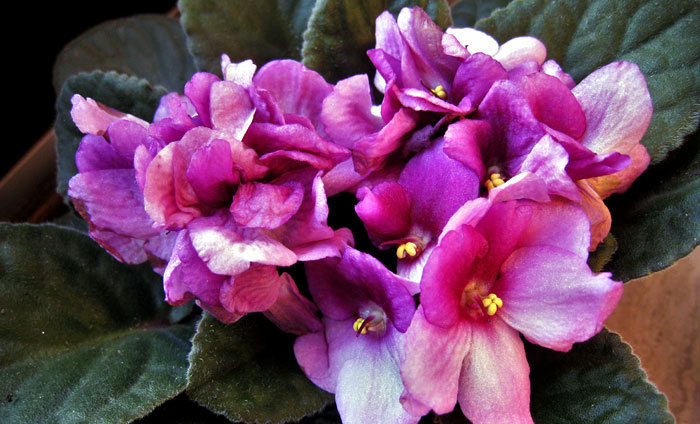
History Saintpaulia
Baron Walter von St Paul brought a flowering plant for the first time, then in 1894, he called Usambara Violet from East Africa to Germany. Then they looked for people’s obsession and love for an African violet. The award-winning violet producer Jesse Crisafulli’s described it as an easy way to grow in the home. Their methods made African violet popular for blooming at home.
Overview
Scientific name Saintpaulia
Common name African violets
Plant type Houseplant
Sun requires Part Sun
Blooming time Year-round in optimal growing conditions
Flower colors Lavender, Pink, Red-violet, Blue-violet, Lavender Pink and White.
Soil African Violets potting soil
Soil pH 5.8-6.2
Zone 11-12
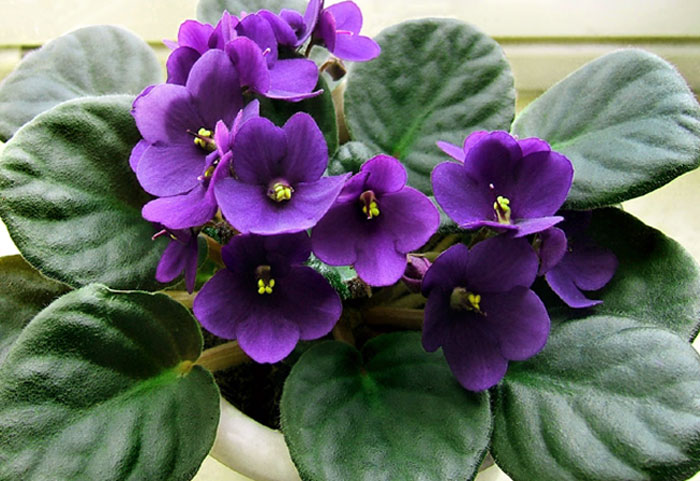
How to grow African violet Houseplant
Soil and Location
African violet needs to be well-drained soil to keep it healthy and pleasant. For this, you choose sterile potting soil and perlite. If you have to re-pop it, make sure to use the sterile potting mix. African violets are indoor plants and you can grow it indoors throughout the year. Although some gardeners take them out when the temperature is warmed, these plants are susceptible to pest damage. These plants remain healthy and beautiful when placed inside the house.
Watering
African violets are completely indoor plants, so you need to take extra care while giving water, its leaves do not get wet. Use lukewarm or tepid water, give water on the basis of the plant, do not sprinkle over the leaves. Due to falling water on the leaves, they become stains and damage the plant. In developing this you have to take care of the proper water especially. When there is less moisture in the soil, then give the plant water, do not let the plant stand in water and let the soil dry completely. Read more.
Lights
African violets prefer indirect light rather than the direct sun. These are perfect windowsill plants, as long as they get indirect sunlight. The east or west windowsills are the most suitable places for this, where it requires eight hours for 10-14 hours of light and maximum bloom. Read more.
In the winter, the west-south-facing windows provide the best light, but in the summer the north or east face window is preferred.
Artificial light
African violet can be easily grown in artificial light, you will support the 20 to 40-watt tube two or more shelf, for this. Keep the height of artificial light 12 to 15 inches above the top of the plants and keep the plant light for 14 to 16 hours per day. However, you will also find a fluorescent tube specially developed for the plant in the market. Many gardeners also use the less expensive white fluorescent tubes successfully.
Fertilizer
African violets do not require any type of fertilizer; it may suffer if it is too fertilized, too much or too little fertilizer will cause more leaves and flowers will get less. If you use fertilizer made for African violets for your plant you will get better results.
Propagation from cuttings
It is one of the easiest and most popular houseplants to grow from cuttings. This is the most successful method, its spring is the appropriate time. For this, cut young stalks and healthy leaves about two inches from the base of the plant. Remove the remaining one leaf from the young stalk, about two inches from it. Apply the cutting to a pit about one inch deep and press it around the soil, then give it water.
How to care for African violets
- Its flowers are small and temperamental, so keep in mind when giving water, there is moisture in the soil but not wet, or it can damage your plant.
- Water should be equal to room temperature and keep it away from vents, fans or doors where it receives bright and light sunlight.
- To grow African daytime temperature is 70- 80 degrees Fahrenheit and 65 degrees temperature are ideal for night.
- Avoid overwatering, give this plant so much water that the soil should remain evenly moist, but not saturated. Read more.
Repotting
African violets need to be re-potted once a year. Although they prefer to be a bit potty, so first take a slightly larger pot than Lee. Remove the old clay about 1/3, and fill the pot again with the commercial African purple potting mixture. When planting, keep in mind that it’s crown surface is above the line and drains well.
Verities
There are hundreds of varieties and hybrids of African violets. Which are mainly different in their flower colors, ranging from white to purple, and sometimes in some varieties, the leaves are also different.
Pests and disease of African violet
Spider mites and Mealy Bugs houseplant kites worry about it. As soon as you see it on the plant, use neem oil or dip in alcohol to get rid of it, as leaves of African Violet Plants are easily damaged, so consider using recommended commercial pesticides.
These plants are susceptible to botrytis, Powdery mildew, and Erwinia blight. However, you can stop plants from getting sick, if you provide the proper environment. Keep good air circulation and save the plant leaves from getting wet, it will save the plant from being infected. Read more.
Read Also: 8 common gardening mistake easily avoided. Growing spring onion. Grow Gerbera Daisy in containers. How to grow Loofah gourd in containers. Pointed gourd cultivation. Growing peppercorn plant. Growing Turnips in containers. How to grow Hellebores in containers. Growing spring onion. Impatiens growing and caring tips. Anthurium growing and care guide. Growing and care about Pansy flowers. Impatiens growing in containers. Jade Plant growing and care guide.
Happy gardening
For Pin:
